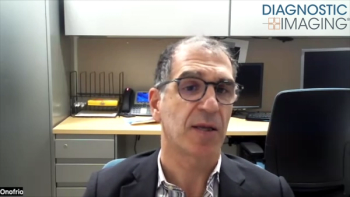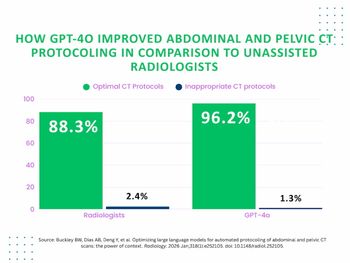
Is It Time to Re-Shape Breast Cancer Screening?
Digital breast tomosynthesis offers benefits over mammography, but it is enough to change screening?
It’s widely accepted – and research continues to show – that digital breast tomosynthesis (DBT) catches more cancers and brings fewer women back in for recall. But, are the gains that come with this imaging technique enough to change breast screening strategies overall?
In an article published recently in the
For their analysis, they looked at the results from a study published in the
While that study showed DBT produces a lower recall rate, particularly among women between ages 40 and 44, and a significantly higher cancer detection rate across all groups, the JNCI researchers determined that women screened with DBT were more likely to undergo biopsy than women screened with mammography.
However, Clauser and Baltzer noted, the study did not examine nor report on women’s breast density. Getting insight into how DBT performs with women who have dense breasts would have been helpful, they said, because previous studies have not shown it reduces recall rate in this patient population.
Alongside the JNCI data, other findings point to a reduced interval cancer rate with DBT which could either be an over-diagnosis or early diagnosis of indolent cancers that require less aggressive treatments. More data is needed on tumor characteristics to pinpoint the real DBT screening benefits, they said.
Consequently, Clauser and Baltzer said, while DBT has exhibited several benefits to date, more work needs to be done before making widespread changes to breast cancer screening.
“Screening with DBT increases [cancer detection rate] and can improve [recall rates], particularly in younger women,” they said. “Further research should aim to identify those women who may benefit most from DBT screening by addressing the effects of breast density, as well as cancer stage, type, and molecular sub-type on long-term outcome, to provide point estimates of the actual effect of the introduction of screening with DBT.”
For more coverage based on industry expert insights and research, subscribe to the Diagnostic Imaging e-Newsletter
Newsletter
Stay at the forefront of radiology with the Diagnostic Imaging newsletter, delivering the latest news, clinical insights, and imaging advancements for today’s radiologists.




























